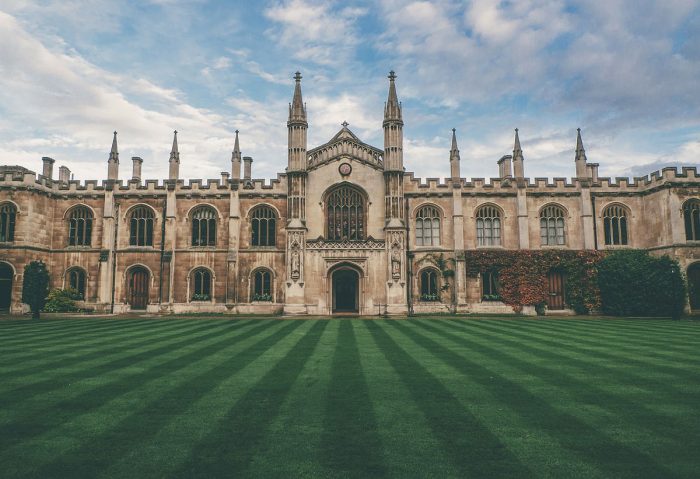Survive on Your College Costs
- Stay in state—or nearby Going to an in-state college can amount to huge savings. The average tuition and fees for in-state students tallied $7,635 in 2011-2012, compared to $17,785 for out-of-state students, according to U.S. News data. If you don’t plan to stay in state, consider regional tuition breaks, which can cut costs, too.
- Consider community college When money is tight but college is a priority, a community college might be a good option. If you plan to attend a four-year university, consider taking community college courses during high school or the summer before college to start accruing credits early.
- Look local Scholarships are a great way for all kinds of students to get money for college, and local funding opportunities tend to be less competitive. Don’t overlook small scholarships in your hometown. Odds are, you’ll have a better chance of securing one, and every little bit helps.
- Stay on track Nothing can cause your college costs to overrun like having to stay in school an extra semester, an extra year, or more. Take full class loads, keep up with your graduation requirements, and focus on earning good grades in every course.






